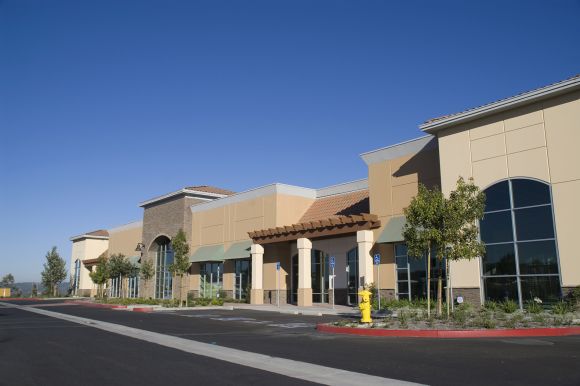Branding has always been important for traditional consumer-facing businesses, such as restaurants and retailers. Even in the healthcare space, urgent cares, pharmacies, and specialties like behavioral health and physical therapy have operated with a brand mindset for years.
Traditionally, health systems have not.
Now as competition increases and new players enter the industry, consumers have more choices for their healthcare than ever before. This, in turn, amplifies the need for a health system to be able to distinguish itself from its competition—in other words, the need to develop a strong, recognizable brand.
So, what is a brand? And where do you start when establishing one?
More Than a Logo
To begin with, a brand is more than a logo. However, while a logo and consistent signage are not the be-all and end-all of a brand, their power should not be underestimated.
Together, logos and signage work to connect your locations and the quality of your service in the minds of consumers. Don’t assume your wider community knows all the hospitals and practices in your system are connected, especially if they all have different names and signs. Bringing multiple locations together under one name, one logo, and one website is a powerful way to show the breadth and depth of the health system.
But don’t stop there!
A brand is also a promise to your consumers about the quality of care and the overall experience they will receive. This means it’s important to know who your customers are and what you’re promising them.
Understand Your Consumers
For a brand, one of the most important factors that guides every decision is their customers. Whether that brand sells shoes, fixes cars, cuts hair, or provides healthcare, these organizations know who buys their products and who uses their services. They also know who doesn’t.
For example, both Walmart and Whole Foods sell groceries, but their consumer bases are wildly different. The same can probably be said about the consumer base of one health system and that of a competitor system.
To truly understand who your consumers are, you need to look deeper than demographics and dig into psychographics. Defined as a consumer’s behaviors, attitudes, beliefs, and values, psychographic insights, like those derived from Buxton’s consumer intelligence, provide the whole story, as opposed to just the glimpse revealed by demographics. For instance, just because a consumer has Medicare does not mean they’ll go to your system just because you take Medicare. Other factors contribute to this decision.
Knowing the behaviors of those consumers who choose to use your system and prefer you over the competition is important for finding more consumers, expanding to new locations, and building your brand.
The Bottom Line
The process of shifting to view your health system as a brand, as opposed to a network of healthcare providers, is a long and difficult journey that takes commitment and communication from everyone. For established healthcare organizations with a long history in their community and weight behind their name, this may be even harder. But moves and changes like these bring with the opportunity to increase goodwill, grow market share, and build something unified and enduring.
Interested in diving deeper into this concept? Check out this guide to learn more about branding your health system.


